
You’re doing it all wrong. Here’s the right way to store produce
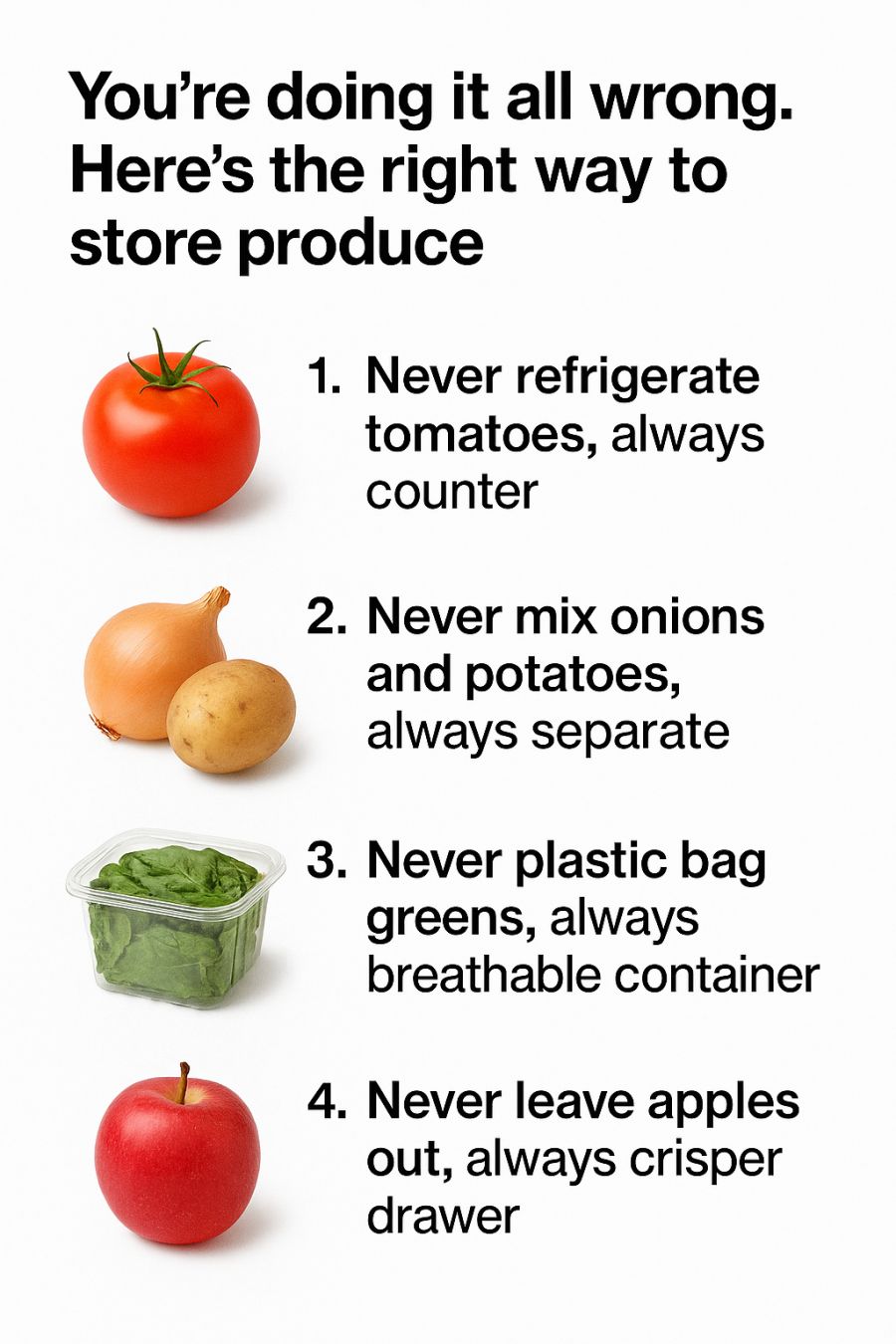
Storing produce correctly can dramatically extend its freshness and flavor while cutting down on unnecessary food waste. Unfortunately, many people unknowingly make mistakes that cause fruits and vegetables to spoil faster, lose nutrients, or change texture. Every type of produce has its own ideal storage conditions — understanding these can help you make the most of your groceries and reduce what ends up in the trash.
In this article, we’ll look at some of the most common produce storage mistakes and share practical, easy-to-follow tips to help you store your fruits and vegetables the right way. With just a few small adjustments, you can enjoy fresher, more vibrant produce for longer, save money, and contribute to a more sustainable kitchen.
1. Keep Tomatoes on the Counter, Not in the Fridge
Tomatoes are one of the most common ingredients in cooking, but they’re also one of the most commonly mishandled. Storing tomatoes in the refrigerator might seem like a good idea, but cold temperatures actually damage their cell structure, making them mealy, bland, and less aromatic.
Instead, keep tomatoes at room temperature (55°F–70°F) and away from direct sunlight. Allow them to ripen naturally on the counter until they reach peak flavor and juiciness. Once ripe, they can be enjoyed within a few days. If you need to extend their life slightly, place them in a cooler part of your home — but avoid temperatures below 50°F. For best taste, always let chilled tomatoes come back to room temperature before eating.
2. Separate Onions and Potatoes to Prevent Spoilage
Many people store onions and potatoes together, but this combination speeds up decay. Onions release ethylene gas and moisture that cause potatoes to sprout and rot prematurely.
Keep onions in a cool, dark, well-ventilated space (around 45°F–55°F). Potatoes prefer similar temperatures but lower humidity, so store them separately in a paper or mesh bag to allow airflow. Avoid plastic bags, which trap moisture and lead to mold. Proper separation can extend their freshness by several weeks.
3. Store Greens in Breathable Containers
Leafy greens — such as spinach, kale, lettuce, and arugula — are delicate and spoil quickly if not stored correctly. After washing, dry them completely using a salad spinner or paper towels. Moisture is the biggest enemy of leafy greens.
Store the greens in breathable containers or perforated bags lined with paper towels to absorb extra moisture. Keep them in your refrigerator’s crisper drawer at 32°F–40°F, which maintains both texture and nutrients. For even longer freshness, you can revive slightly wilted greens by soaking them in ice water before using.
4. Use the Crisper Drawer for Apples
Apples retain their signature crispness best when stored cold. The refrigerator’s crisper drawer maintains optimal humidity and temperature (30°F–35°F) for apples.
Keep apples away from strong-smelling foods, as they easily absorb odors, and store them separately from ethylene-sensitive fruits like berries or leafy greens. Apples naturally emit ethylene gas, which can cause other produce to ripen — and spoil — faster.
5. Keep Bananas at Room Temperature
Bananas ripen beautifully at room temperature, ideally between 68°F and 72°F. Cold temperatures disrupt the ripening enzymes, turning the peel black while leaving the inside underripe in flavor.
If you want to slow ripening, separate bananas from the bunch and wrap each stem in plastic wrap or foil to reduce ethylene exposure. For smoothies or baking, you can freeze ripe bananas — just peel and store them in a freezer-safe bag.
6. Store Berries in a Paper-Towel-Lined Container
Berries such as strawberries, raspberries, and blueberries are fragile and quick to mold. Only rinse them right before eating, not before storage, to prevent moisture buildup.
Place them in a container lined with paper towels to soak up excess humidity, and keep the lid slightly open for airflow. Store at 32°F–36°F in the fridge. You can also extend freshness by giving berries a quick vinegar-water rinse (1 part vinegar to 3 parts water) before drying and refrigerating.
7. Refrigerate Carrots in Water for Freshness
Carrots lose their crispness when exposed to dry air. To keep them crunchy and sweet, cut off the leafy tops (which draw out moisture) and submerge the carrots in a container filled with cold water.
Store this container in the fridge at around 32°F. Change the water every four to five days to prevent bacterial growth. Using this method, carrots can stay firm and fresh for several weeks — perfect for snacking or cooking.
8. Use a Cool Place for Garlic
Garlic lasts longest in a cool, dark, well-ventilated spot such as a pantry or cupboard. Ideal temperatures are between 60°F and 65°F. Refrigeration encourages sprouting and alters the flavor, making garlic bitter.
A mesh bag, hanging basket, or loosely woven basket allows proper air circulation and prevents moisture buildup. Once a bulb is broken, use the cloves within 10 days for the best flavor.
9. Keep Cucumbers Out of the Refrigerator
Cucumbers are sensitive to the cold. Storing them in the fridge causes wateriness, pitting, and flavor loss. Instead, keep cucumbers at 50°F–55°F, ideally on the counter or in a cool pantry.
If you must refrigerate them, place cucumbers toward the front of the fridge (where it’s slightly warmer) and eat them within three to four days. Wrapping them in a paper towel and placing them in a perforated bag can also help manage moisture and extend freshness.
10. Store Citrus Fruits in a Cool, Dark Place
Citrus fruits like oranges, lemons, and limes stay juicy and bright for about a week at room temperature. For longer storage, keep them in a cool, dark spot or refrigerate at 45°F–48°F.
Avoid plastic bags — they trap moisture and cause mold. Mesh bags or open baskets allow proper airflow. You can even freeze citrus slices or zest for later use in drinks, marinades, and desserts.
11. Use Airtight Containers for Herbs
Fresh herbs lose their aroma quickly if exposed to air and moisture. Wash, dry, and store them in airtight containers lined with a slightly damp paper towel to maintain hydration.
For soft herbs like basil, parsley, or cilantro, store them upright in a glass of water at room temperature — like a bouquet — and cover loosely with a plastic bag. Hardier herbs such as rosemary, thyme, and sage keep best in the fridge at 32°F–40°F. With these methods, you can double or even triple their usable life.
Final Thoughts
Proper storage isn’t just about keeping produce from spoiling — it’s about preserving taste, nutrition, and reducing waste. By learning the ideal conditions for each type of fruit and vegetable, you’ll make your groceries last longer and get the most out of every purchase. Small, mindful habits in your kitchen can make a surprisingly big impact on both your wallet and the planet.
News in the same category


My nana taught me this hack to dust ceiling fans in 3 mins with 0 work. Here’s how it works

My nana taught me this hack to lift carpet stains in 2 mins with 0 work. Here’s how it works

3 ways to prevent snakes from entering the house, everyone needs to know to protect their family
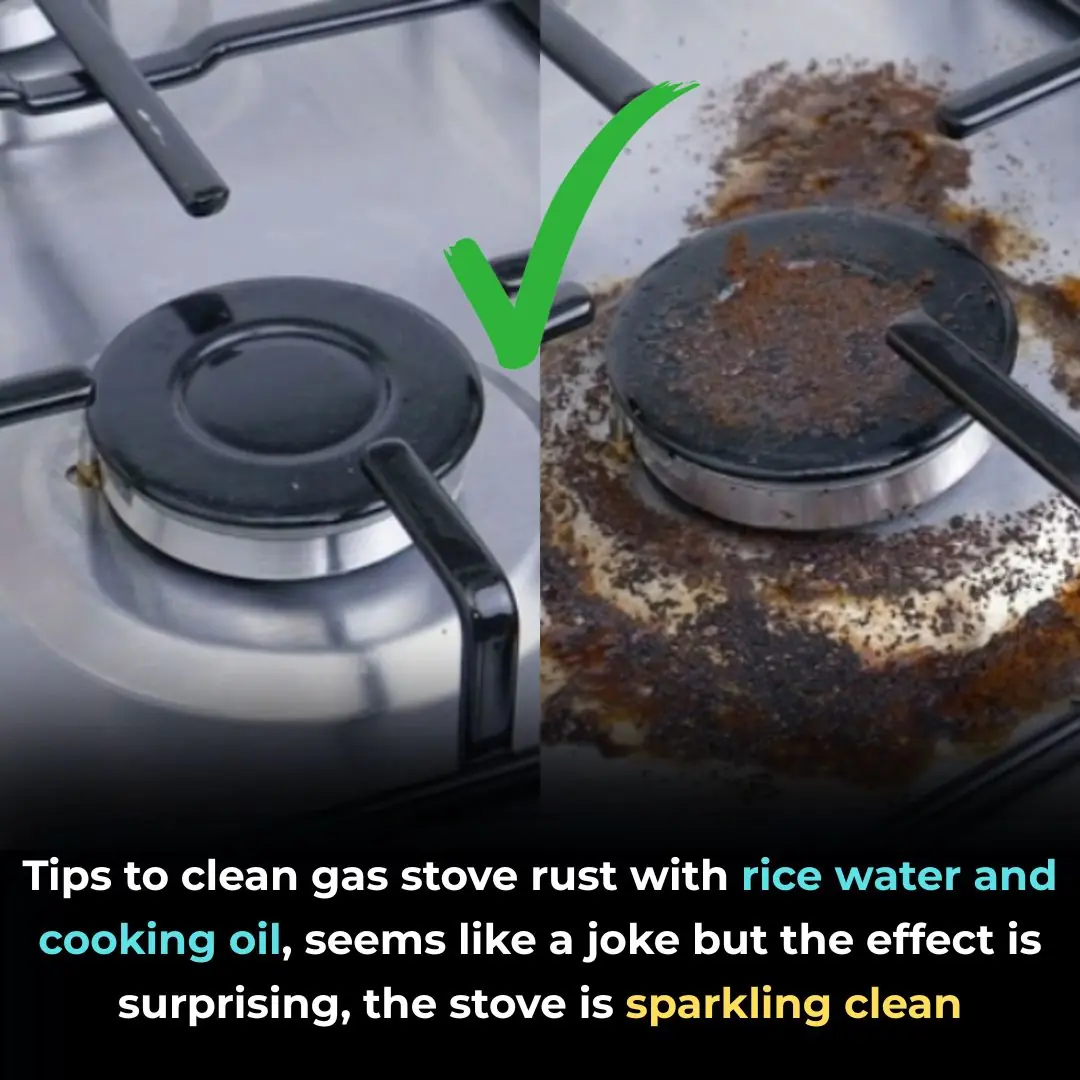
Tips to clean gas stove rust with rice water and cooking oil, seems like a joke but the effect is surprising, the stove is sparkling clean
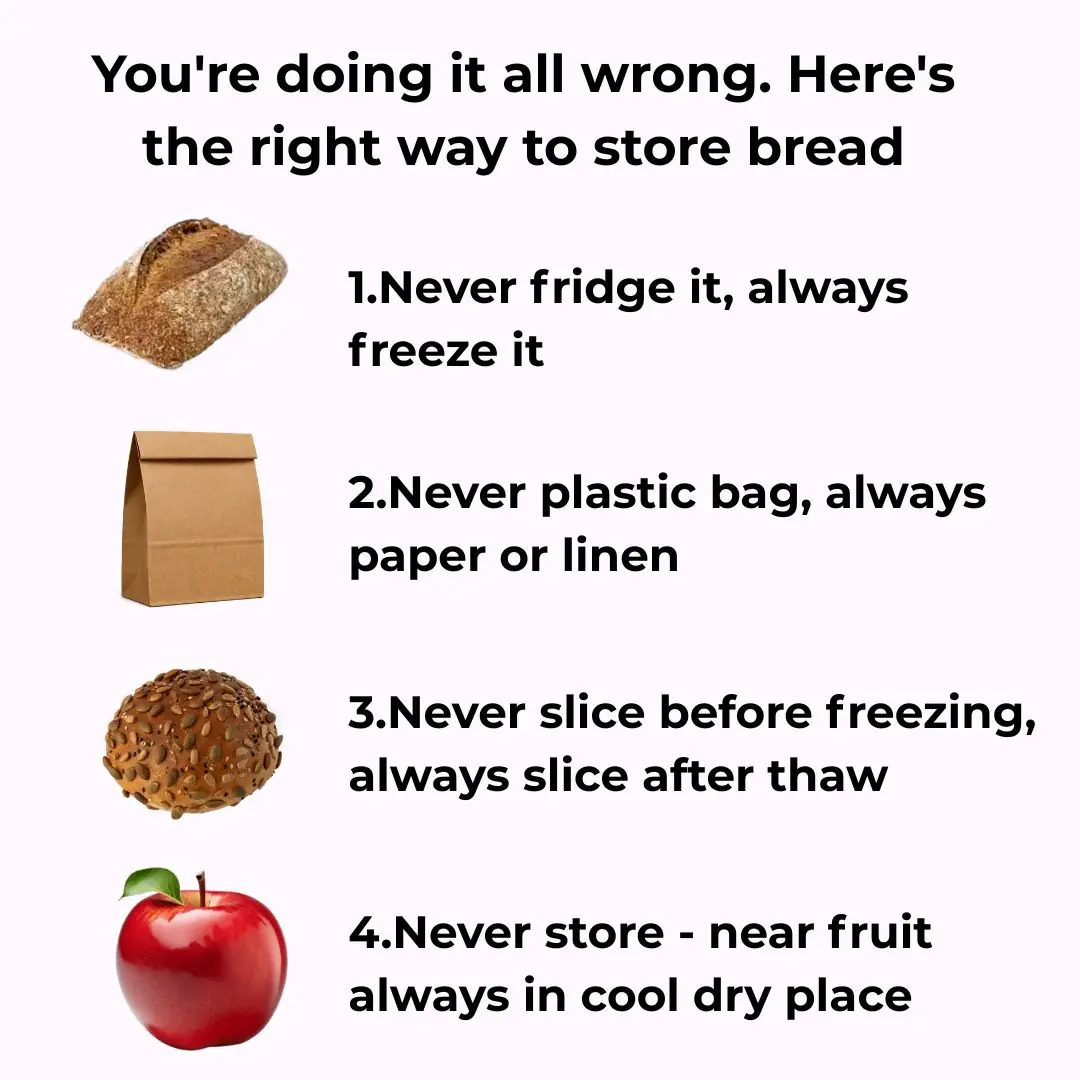
You’re doing it all wrong. Here’s the right way to store bread

Make Your Bitter Melon Soup Sweet and Nutritious — Just Add This One Ingredient
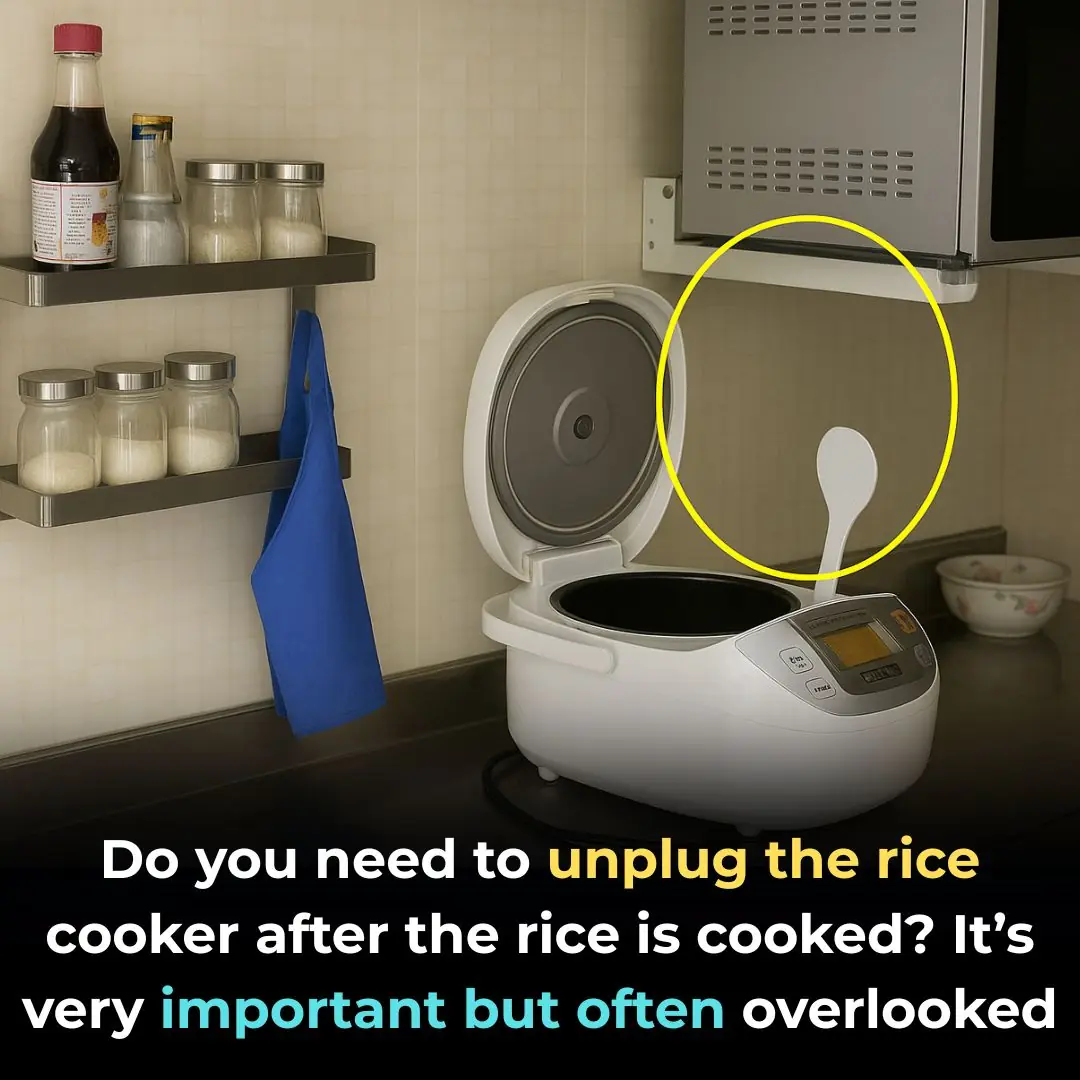
Should You Unplug Your Rice Cooker After the Rice Is Cooked?

Most do this wrong. 10 dairy items you’re storing incorrectly
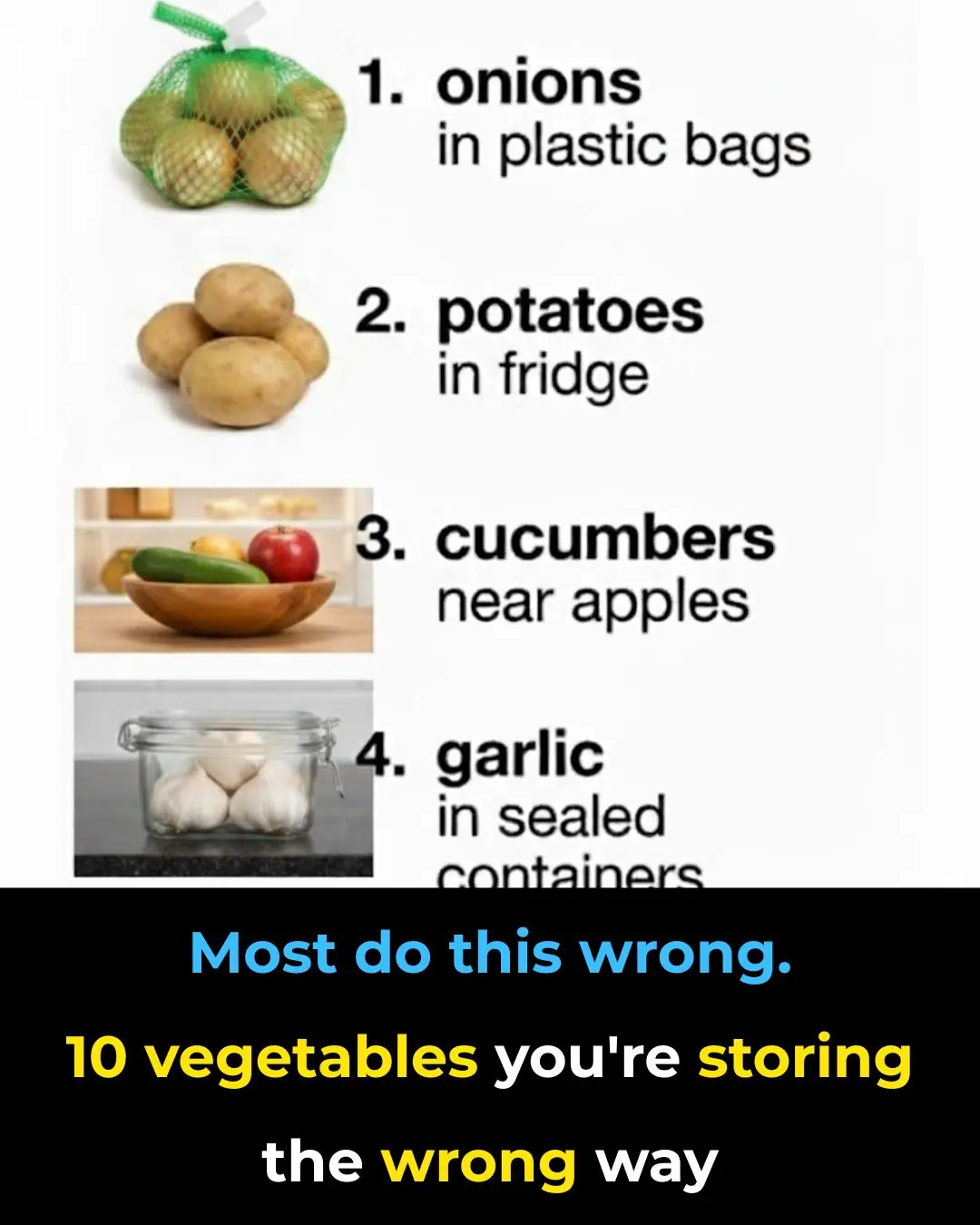
Most do this wrong. 10 vegetables you’re storing the wrong way

Most do this wrong. 10 bedding items you’re storing wrong
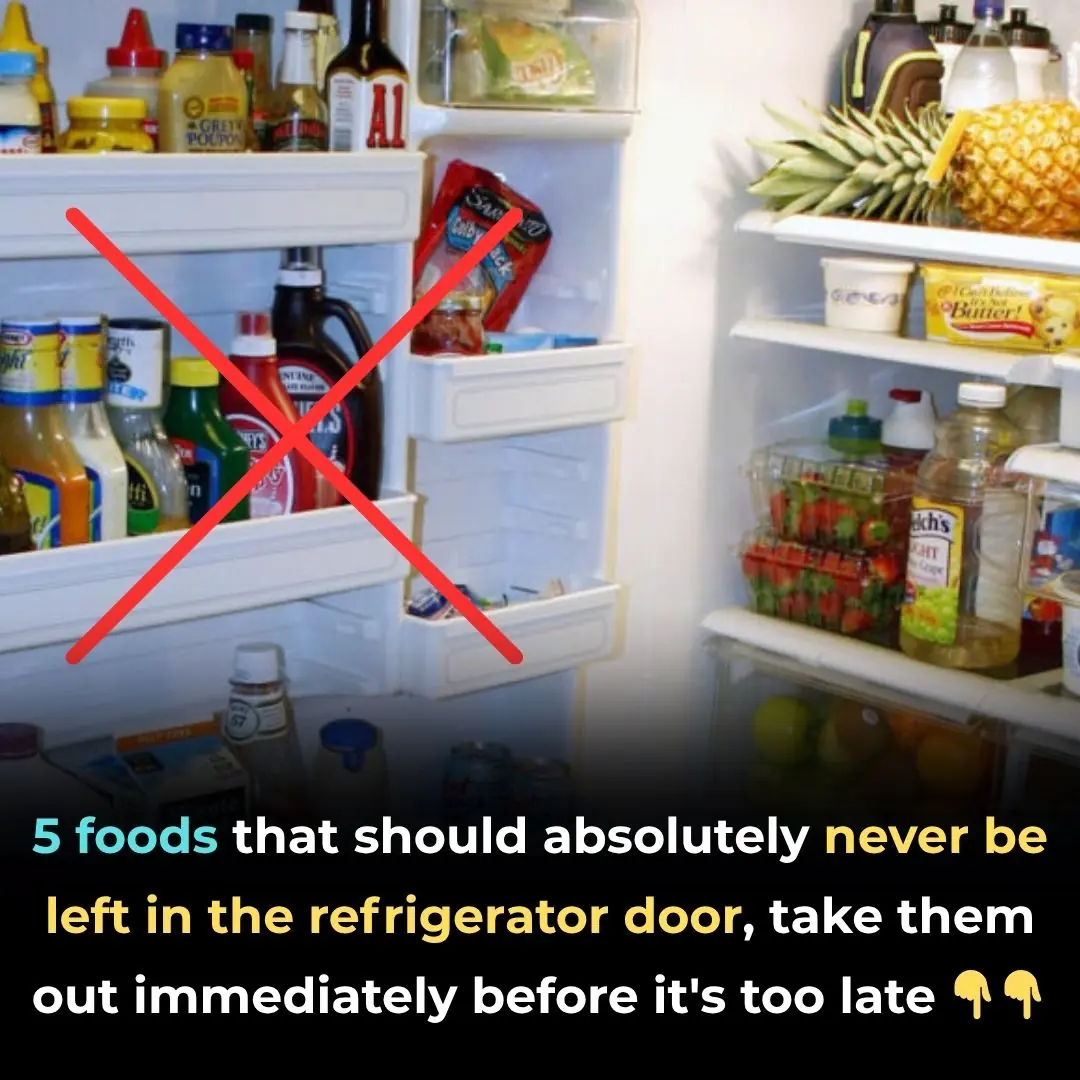
5 foods you should never keep in the refrigerator door, take them out immediately before it's too late

Why are women's buttons on the left while men's are on the right?
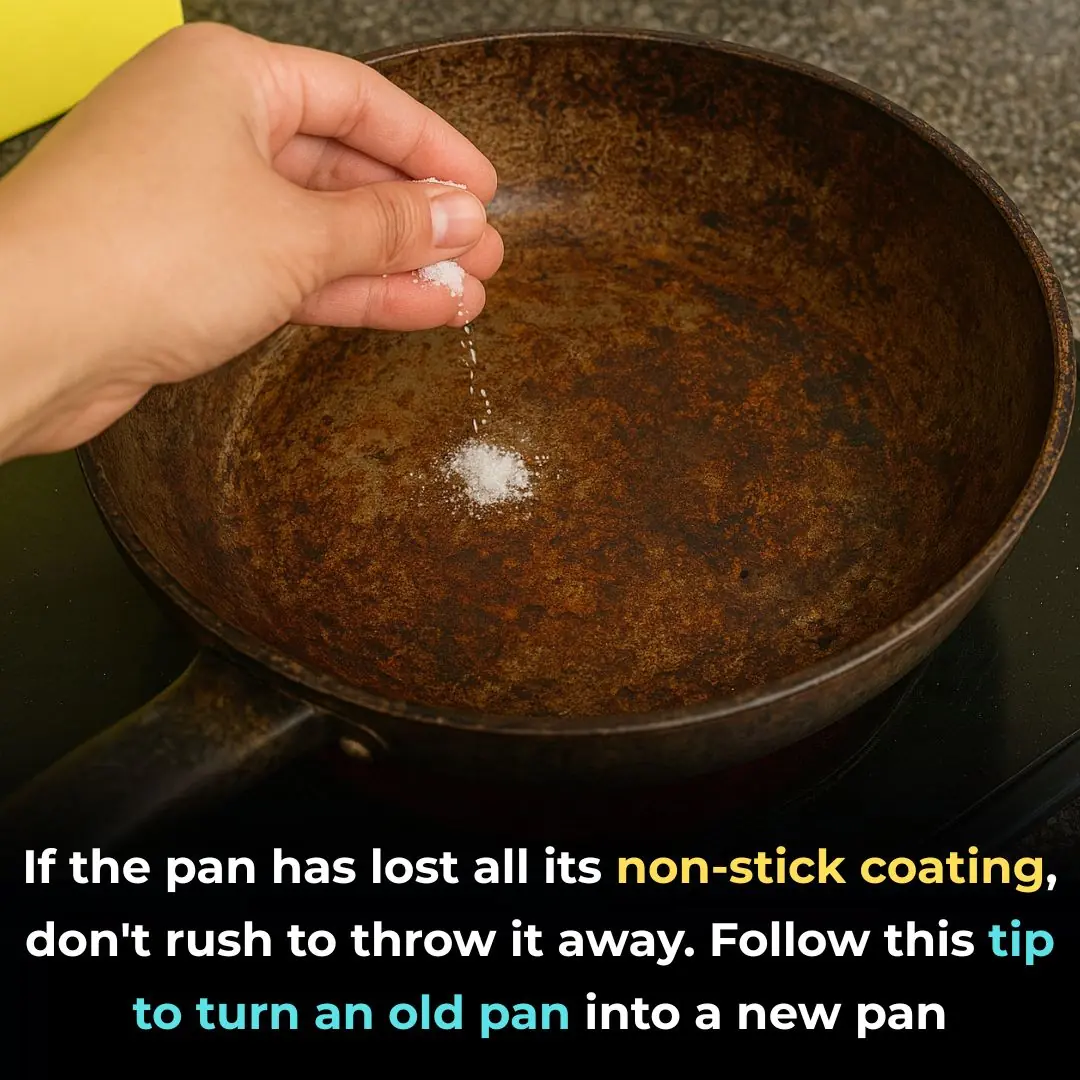
If your pan has lost all its non-stick coating, don't be quick to throw it away; follow this method and your pan will be like new again.

When washing clothes, don't just add detergent; here's a little tip for you: dirty clothes will look like new.

Mosquitoes are very afraid of this liquid; placing a bowl in the room keeps them from buzzing around all night.

Don't throw away rotten tomatoes, the rottener the tomatoes, the more useful they are if you know these uses

Here's how to open a can in an emergency (this is so simple!)

When buying avocado, don't be greedy for big fruit or you'll "waste money", choose this point to get the most delicious and supple one.

98% of people don't know what the hole in a safety pin is for
News Post

8 reasons why adding baking soda to your toilet tank is a must-do trick

My nana taught me this hack to dust ceiling fans in 3 mins with 0 work. Here’s how it works

My nana taught me this hack to lift carpet stains in 2 mins with 0 work. Here’s how it works

YouTubers spend $10,000 unboxing three jet boats from Temu and are in shock at what's delivered

Netflix star issues message to MrBeast after claims YouTube star is opening his own bank

Remembering Lee Elder, A Trailblazer Who Broke Barriers In Golf

‘Towanda Was Right’: Tamar Braxton Lands In the Hot Seat After Cozy Onstage Moment with Toni Braxton’s Husband Birdman

The Elephant That Never Forgot.

The Man Who Never Stopped Living.

The Cry in the Cane Field: A Mother Leopard’s Reunion.

The Diver Who Never Came Back: The Story of Saman Kunan.

The Girl Who Refused to Give Up: Yulia’s Story of Survival and Courage.

Camille’s Fight: The Girl Who Named Her Tumor and Found Her Courage.

A Dance for Daddy: The Soldier Who Stepped In When a Little Girl Needed Him Most.

The Man Who Gave a Turtle Its Freedom Back.

To the Ones Who Show Up: A Mother’s Letter to the Teachers Who Stand Between Our Children and the World.

The Whale Behind Them: A Once-in-a-Lifetime Encounter at San Ignacio Lagoon.
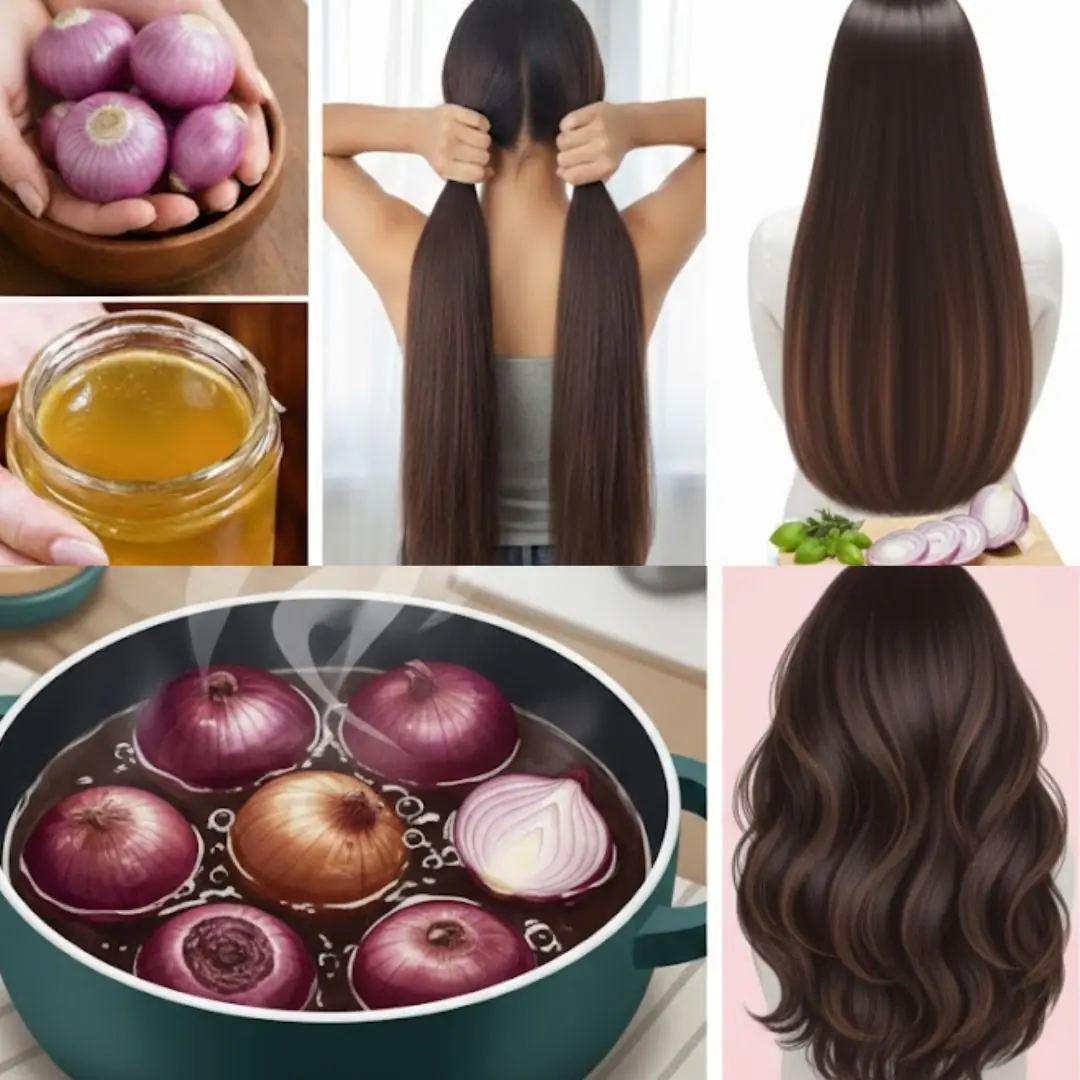
Red Onion for Hair Growth: How This Overlooked Natural Remedy Can Stop Hair Fall and Boost Thickness Fast

3 ways to prevent snakes from entering the house, everyone needs to know to protect their family
